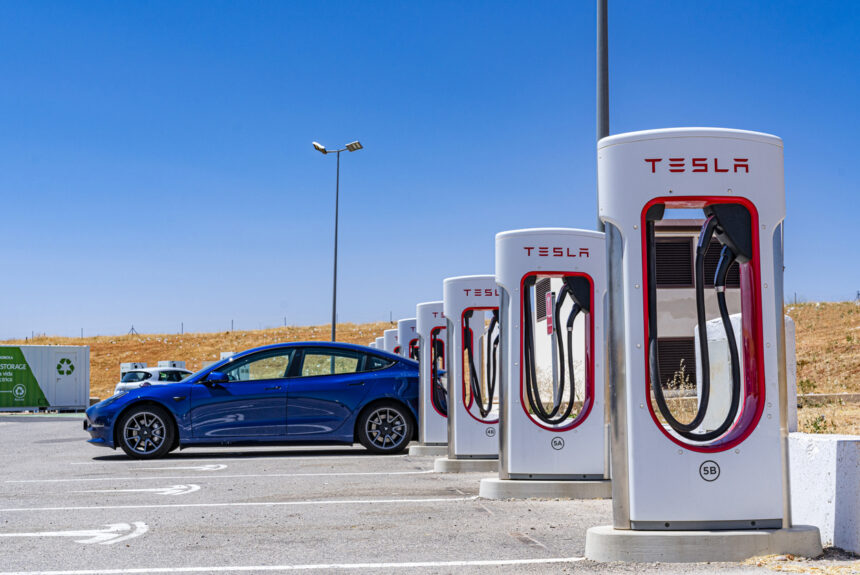California has mandated an end to internal combustion engines, but consumers aren’t going along with this central plan.
The brilliance of the market economy is that the customer actually is the king, which has become obvious when it comes to electric vehicles. Like any product, EVs offer benefits and disadvantages that consumers can sort through on their own. Unfortunately, the EV market is being pushed beyond that natural demand by policymakers, who have other agendas — notably reducing carbon dioxide emissions as part of their war on climate change.
Despite an initial surge in consumer interest, the EV market is struggling. As CNN Business recently reported, EV sales are higher than at the same time last year, but demand is falling and remains well below predictions. Manufacturers, who had been pushed by federal and California lawmakers to shift toward electrified vehicles, are slashing prices and production.
“A subsidy-fueled boom helped build China into an electric-car giant but left weed-infested lots across the nation brimming with unwanted battery-powered vehicles,” Bloomberg reported in 2023. That was a preview of what’s to come in other markets. JD Power expects a glut of used EVs to hit the U.S. market in 2026. EVs are sitting on sitting on dealer lots for much longer than internal combustion engine vehicles, even though their sales are propped up by large federal tax credits.
Read more from R Street Institute here.
The views and opinions expressed are those of the author’s and do not necessarily reflect the official policy or position of C3.
